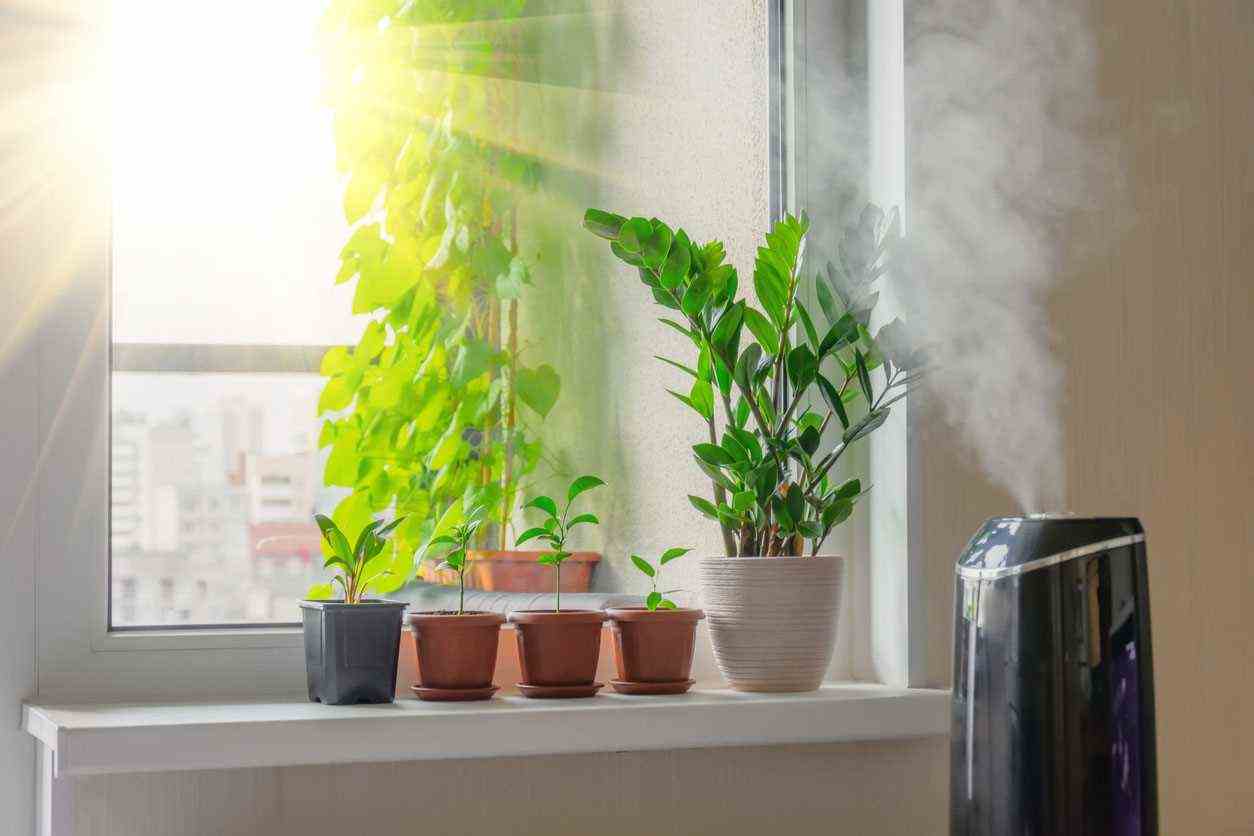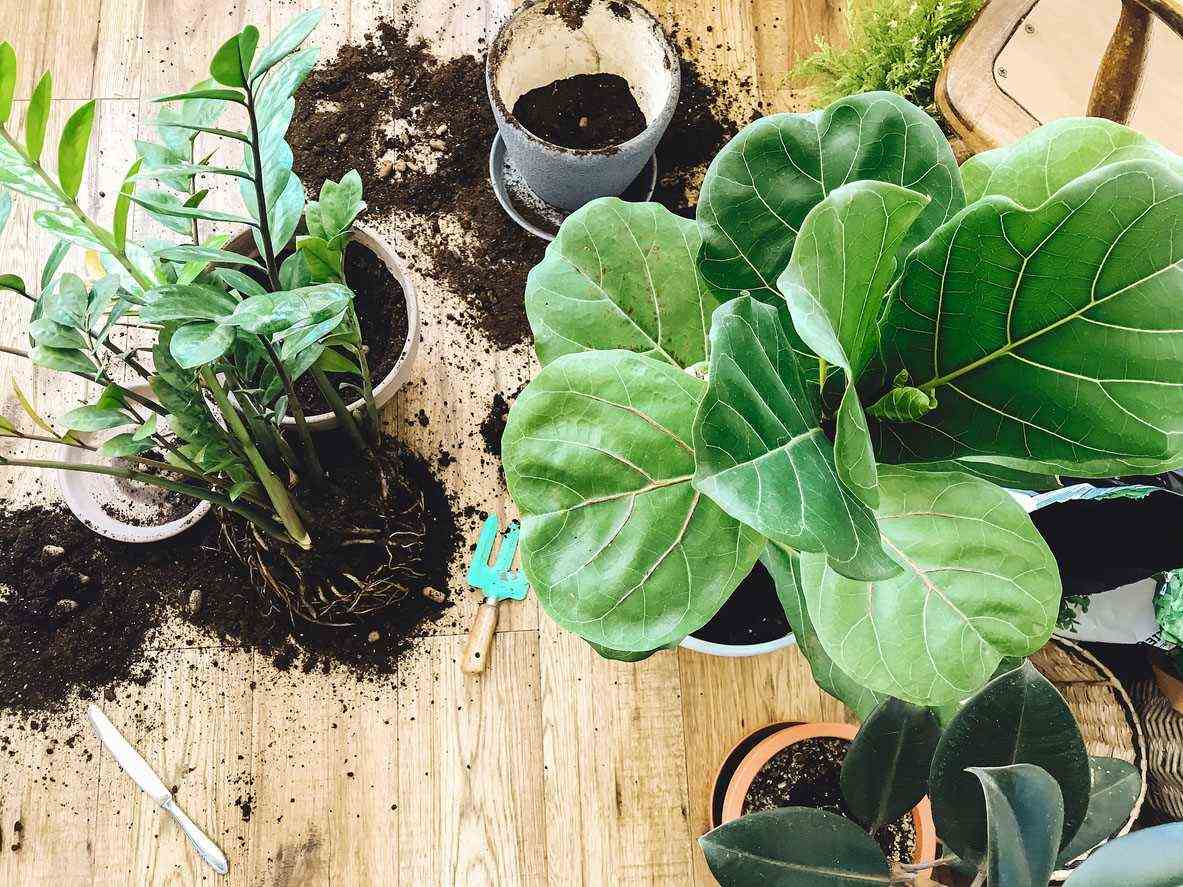Presentation of Zamioculcas
Fact sheet : | |
|---|---|
| Scientific name | Zamioculcas zamiifolia |
| Family | Araceae |
| Origin | Tanzania, Zanzibar |
| Dimensions | From 50 cm to 1 meter. |
| Flower color (s) | Dark green |
| Leaf color (s) | Light greenDark green |
| Type of plant | Indoor tropical plant |
| Vegetation | Perennial |
| Foliage in winter | Persistent |
| Flowering |
Culture sheet: | |
|---|---|
| Planting |
Jan.
Feb.
Mar.
Apr.
May
June
Jul.
August
Seven.
Oct.
Nov.
Dec. |
| Exposure | Partial shade, No direct sun |
| Ground | Drained, Soil, Sandy, Heather |
| Humidity | Low |
| use | Pot |
| Multiplication | Semi Cutting |
| Disease (s) and pest (s) | Not particularly, quite resistant to pests and diseases. |
Land and ideal exposure for the cultivation of Zamioculcas
Zamioculcas is a simple plant to grow as long as you respect your needs.
- So you have to plant it in a light and well-draining soil. For this, you can turn to a quality potting soil for green plants. To this potting soil, you will add sand, in a quantity almost equivalent to that of the potting soil. You can also add heather soil to this potting soil. Your plant will thus benefit from the very rich soil that it needs and will get the nutrients it needs.
- For the exhibition, choose a rather bright, even shady location – making sure that it is not subjected to direct sunlight. Your plant will also tolerate being installed in a somewhat dark space. Nevertheless, in this case and if you have the possibility, as soon as your zamioculcas gives birth to new leaves, install it in the light to promote their growth. In fine weather, it is possible to install it outside.
- It’s important to do not install your plant near a heat source whoever she is. Indeed, this plant of tropical origin thrives in a humid environment.
Caring for Zamioculcas

The maintenance of faux zamia could not be simpler. It is found in quite different habitats. It thrives in dry savannas as well as in tropical forests.
- In any case, it is a plant that thrives in an environment where the temperature is hot enough. Indeed, when the temperature does not exceed 18 ° C, its growth is slowed down. It is therefore possible to install it in a room with a temperature between 15 and 25 ° C, but to have a well-supplied plant, it is better to favor a room where the temperature is high enough.
- It is advisable to carry out regular dusting of the leaves using a damp sponge. In this way, they will keep their beautiful varnished appearance and photosynthesis will also be favored.
Watering the Zamioculcas: frequency and period
Zamioculcas is easy to grow as long as watering is not abused. Indeed, it is a plant that cannot stand excess water.
Here are some watering tips:
- Let the substrate dry between waterings.
- After watering, remember to empty the saucer so that the roots do not stay in contact with the stagnant water.
- In winter, you can space the waterings in relation to the frequency adopted in fine weather.
- As an indication, watering a false zamia installed in a heated room should take place once a week in summer and once every two weeks in winter.
- To really know how often your plant needs watering depending on the environment it is in, you need to control the root ball: it should dry out slightly between waterings.
- If you find that your plant’s bulb is starting to turn black, it is essential to stop watering immediately for at least about 15 days.
It is possible to use a green plant fertilizer once a month, except during the rest period of your plant. You can therefore fertilize the plant from March to September.
How to propagate the ZZ plant (cuttings and division)?
It is quite possible to propagate your false zamia either by cuttings or by division. You will be able to enjoy several specimens or offer them to your loved ones.
By Division
This is, without a doubt, the simplest solution. The ideal time to do this is in the spring when repotting.
- Remove the soil from the roots to simplify separation.
- You can then divide them in half to take advantage of a second plant.
- Quickly install this new plant in a previously prepared pot.
- Then, finish with a copious watering to compact the earth.
By cuttings
Another solution that will require more patience is cuttings.
- Start by taking a few healthy, that is, green and fleshy leaflets.
- Place the leaflets on newspaper where you will leave them for 1 to 2 hours to allow them to heal.
- Prepare a light substrate previously moistened in a pot or terrine.
- Press the leaflets about ⅓ into the soil vertically. If you put more than one, make sure they don’t touch each other.
- You can place the terrine inside an electric greenhouse, if you have one. The temperature should be between 24 and 30 ° C. Alternatively, you can create a bell by placing a plastic bag or an inverted bottle on it. In this case, it will be necessary to regularly ventilate the greenhouse thus created to prevent the development of fungi. Protect your cuttings from direct sunlight and give them about 8 hours of light per day.
- When the substrate is dry on the surface, water it with a spray bottle, being careful not to wet the leaves.
Be patient, Zamioculcas is a long rooting plant.
When and how to repot it?
The frequency and ideal period for repotting are every 3 years and in the spring. In this way, the plant will regularly benefit from new soil. Every year, you can do a surfacing. That is to say, renew the earth on the surface to bring new nutrients to the plant.

In order for the rhizome and stems of your zamioculcas to spread out well, you need to offer it a large enough pot. Thus, to choose the size of your new pot, the root ball will serve as a reference: the capacity of the pot must be double the size of the root ball. Also check that the bottom of the pot is well drilled to facilitate the flow of water.
Here’s how to repot:
- at the bottom of the pot, install a draining layer beforehand. They can be clay balls or gravel;
- partially fill the pot with light substrate. Be careful to choose a good soil. You can add sand in equal proportions to obtain a well-draining mixture. For the rest to be filled in, instead of the soil, it is also possible to opt for leaf soil with the addition of heather soil and perlite;
- prepare your plant for repotting by removing as much of the old substrate as possible, but be careful not to damage the roots;
- install your plant in the new pot and finish filling it with the substrate;
- finally, you can compact the earth and proceed to moderate watering to moisten the substrate and promote rooting.
Diseases and parasites of Zamioculcas
The Zamioculcas is a fairly robust plant and therefore not very prone to diseases.
- If you notice cottony lumps on or under the leaves, it is possible that your zamioculcas is suffering from an infestation of mealybugs. It is then necessary to treat it quickly in order to avoid spreading it to other plants in the house. For this treatment, you can use black soap or a cotton ball impregnated with 90 ° alcohol, but also, quite simply soapy water.
- Is your fake zamia sagging or its leaves turning yellow? Remove the plant from its pot to observe the root ball:
- You notice that the root ball is soggy and the roots are black, this means that your plant is suffering from excess water. The treatment to be applied is as follows:
- Clear the roots by removing the soil;
- Remove the soft leaves at the base, but also the roots that have blackened or appear soft;
- Repot in a new substrate;
- Water, being careful not to let any water stagnate. The next watering should only take place when the substrate is dry on the surface.
- On the contrary, if you find that the root ball is dry, immerse it in a container of water until there are no more air bubbles. Indeed, peat is difficult to rehydrate with a simple watering, which is why it is preferable to do so.
What are the recommended varieties?
To enjoy a Zamioculcas, you will have no choice: you will have to turn to the Zamioculcas Zamiifolia. Indeed, there is only one species of this genus. This fact is quite unusual, so it deserves to be highlighted.
What you need to know about Zamioculcas
Zamioculcas Zamiifolia (also called false-Zamia or ZZ plant by contraction) has been around for centuries. It is native to Africa, where drought is common (where it thrives in the open air). A few decades ago, Dutch nurserymen located in South Africa saw the potential for the plant to spread, and in 1996 began to distribute it around the world. These plants have since entered the hearts of plant lovers around the world. It has therefore only recently been found in garden centers and other plant shops where it has met with great success.
do not confuse with Zamia, which is a cycad, whose leaves are quite similar, hence the plant’s species name.
This plant, however flowering, does not allow us to enjoy it indoors. Its inflorescences evoke those of arums. Moreover, in England, it is called “fern-arum”. It is not self-fertile, pollination is done through insects.
Although toxic, the leaves have medicinal properties.

